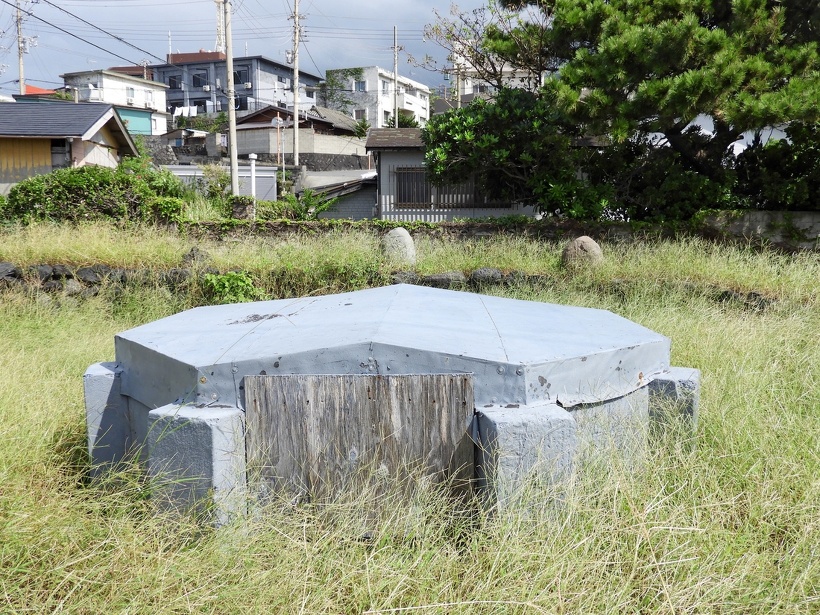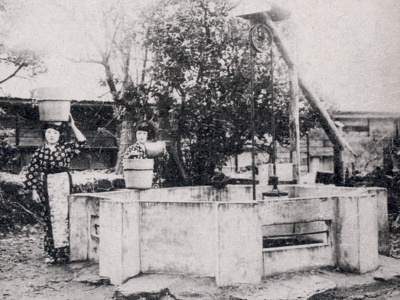Hamanka (Well dug near the Coast)
| Area | Motomachi |
|---|

Izu Oshima is a young volcanic island, and due to its frequent eruptions, the surface of the earth is covered with volcanic ash and scoriae, which quickly seep into the ground when it rains. As a result, there are no rivers or lakes on the island, and the people struggle to secure water, which is essential for survival, and rely on the few springs that are available. However, in times of drought, this spring water was not enough, and to make up for the water shortage, wells were dug near the coast and used as community wells.
In Oshima, water springs are called "kaa", and this dug well near the coast was called "Haman kaa. The Hamankaa wells near the coast were called "Haman Kaa" (Hamankaa of the beach). They have been disused since water supply became widespread, but there are still two Hamankaa wells in the Motomachi area to the north and south.
In the mornings and evenings, it was women's work to fetch water from the springs and Hamankar and carry it to their homes, which was very hard work. The sight of women walking around with water troughs waving above their heads was one of the island's traditional customs.


